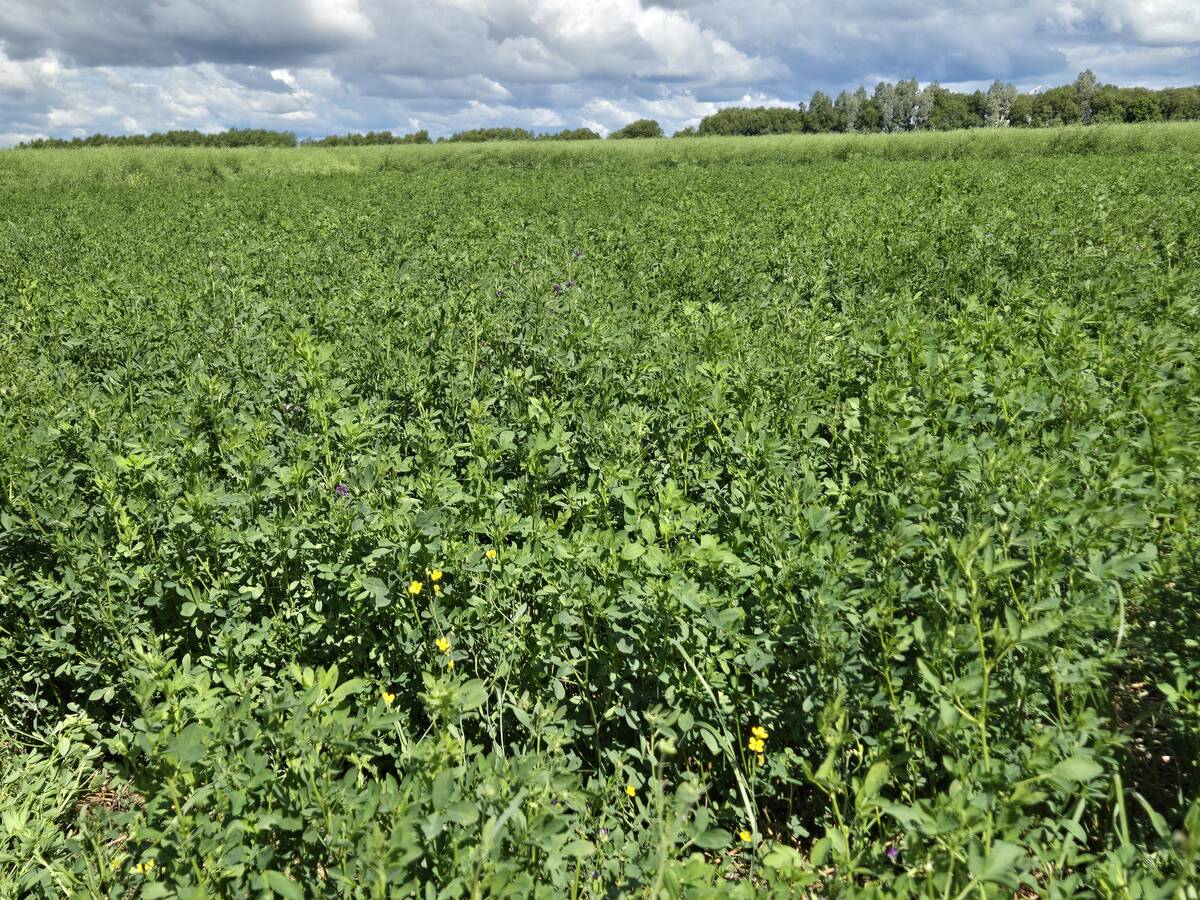A bylaw governing nuisances in Alberta’s Municipal District of Taber may be adopted by other municipalities.
Their target: piles of cull potatoes.
Such piles are common in potato growing regions and comprise small and damaged tubers not suitable for storage or market.
The piles could potentially harbour and spread late blight, which is a concern for Potato Growers of Alberta.
In a recent letter to growers, PGA executive director Terence Hochstein said the M.D. of Taber bylaw on nuisances could apply to cull potato piles.
Read Also

Manitoba Parkland research station grapples with dry year
Drought conditions in northwestern Manitoba have forced researchers at the Parkland Crop Diversification Foundation to terminate some projects and reseed others.
Enforcement would involve a fine for up to $5,000 or issuance of an order to clean up the nuisance.
Hochstein said PGA will now receive complaints about accumulated cull piles in the M.D. of Taber and contact the grower responsible.
The grower will have an opportunity to remove the pile, and bylaw enforcement will occur if nothing is done.
The information that PGA provides to growers includes best management practices for handling cull potato piles, which vary depending on the time of year.
Material in cull piles can be spread thinly on fields in late fall and winter so that material is exposed to freezing temperatures.
In late winter and early spring, existing piles should be buried at least a metre deep or covered with plastic to encourage decomposition.
“A very common misunderstanding of cull piles is the misconception that if a cull pile is not green, then there is no sporulation going on,” said the information provided to growers.
“This is not true. If there is any evidence of living tissue in the pile, then the potatoes can still be undergoing sporulation and producing late blight spores. Spraying the cull pile will not entirely eliminate the problem.”

















